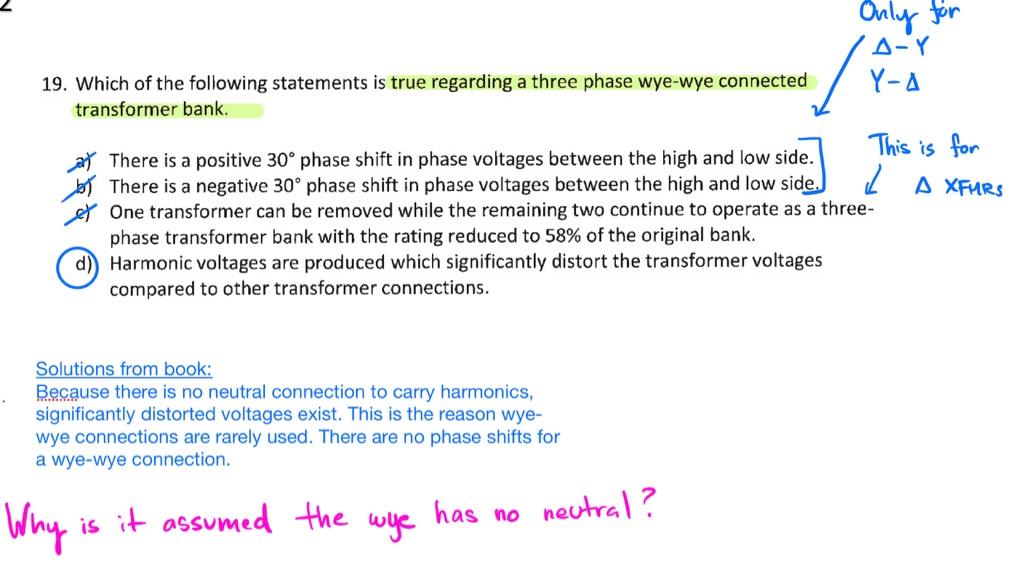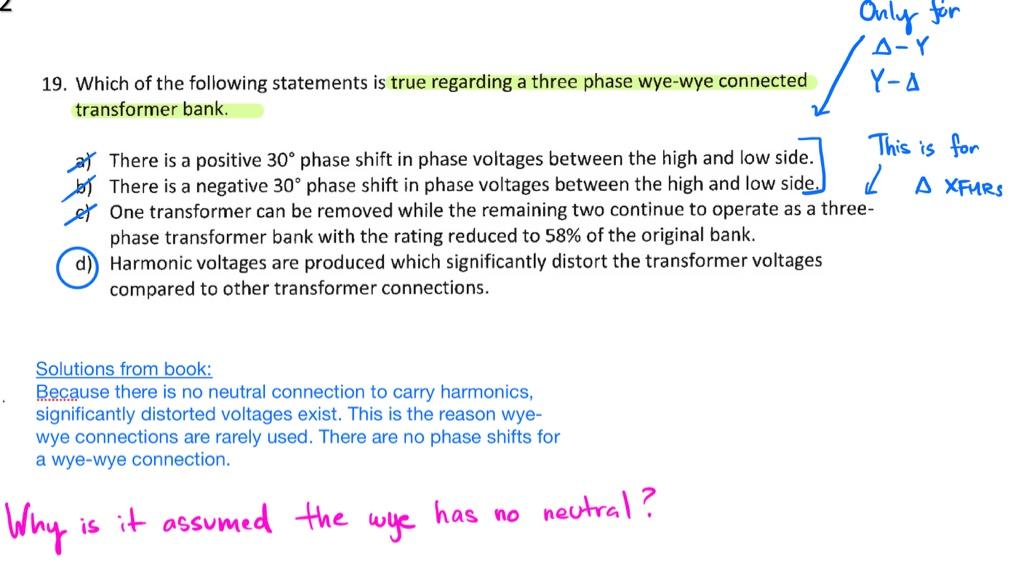I drew two diagrams below; one for before the conductor break occurred and one for after. In the diagram before the break, the phase and neutral conductors are connected
directly to the load. In the diagram after the break, the phase conductor is connected
directly to the enclosure, and the neutral conductor connection is irrelevant (but it's still connected to the load). We don't need to worry about the neutral even though it's still connected to the load, because there is no power to the load since the phase conductor broke off. We only need to worry about the return path for current through the load's
enclosure. So in the diagram after the break, the load inside the enclosure is drawn not connected. All current will flow through the enclosure. Since the enclosure is connected to ground, and the source's neutral is connected to ground, this will complete the circuit and will be the path for current. Once we calculate the current in the circuit, we can calculate the voltage at the enclosure by finding the resistance from enclosure-to-ground and multiplying it by the current.










































